5 Ways to Optimize Your Inventory Control Process

Inventory control is managing stock levels with the aim of ensuring there is the correct level of product to satisfy demand. It covers everything from ordering and storage to movement and fulfillment. Inventory control can be spread over multiple facilities (warehouses, shops) or a single location.
Accurate and up-to-date inventory control is critical for any business selling physical products. A shortfall in inventory might see you miss out on valuable sales, while too much inventory could tie up thousands of dollars in unsold stock. It’s a tricky act to get right, but one that can be the difference between a profitable or loss-making year.
Inventory control is a challenge for millions of businesses globally. But there are several ways inventory control teams, operations managers, and other warehouse professionals can manage inventory more accurately. Below, we’ll run down some of the most effective ways to optimize your inventory control.
Effectively incorporate automation
We’ve seen an influx of technology in the warehousing space in recent years, with automation at the epicenter. Automation is a broad term that covers a wide range of technologies, from robots that can clean warehouses to platforms that can track inventory in real time. What do all of these technologies have in common? They are becoming more prevalent in warehouses as companies increasingly understand the advantages of automation as part of their inventory control process.
Companies are at different stages of automation. You may work for an organization leading the way. Or you might for a company that has introduced elements of automation but is running software programs that are 20+ years old. Don’t worry, you’re not alone. A holistic approach to automation is necessary, which means you need a solid foundation to fully realize the benefits of technology.
And if you work for a business that still relies on paper and other manual processes, the time is now to start making the switch. While there might be the temptation to think, “If it ain’t broke, don’t fix it,” the reality is that inventory control management will change beyond recognition in the next decade. In today’s labor market, you can’t afford not to automate. The good news is that there’s still time to evaluate your operations and find the right automation technology, but those who drag their feet will get left behind. Probably forever.
Harness the power of AI
Like automation, AI is a broad term that covers many technologies being adopted to warehouse processes. Specifically, AI is increasingly being integrated into inventory management systems to identify trends, such as popular stock, seasonal patterns, and warehouse utilization. It forms part of a wider trend across industry sectors for businesses to use AI technology to gather insights and business intelligence from their data.
As you know, warehouses are busy environments, with goods moving in and out around the clock. The combination of real-time inventory management technology and AI-enabled software will allow you to understand your facility better than ever before. By adding AI, you can make quick critical decisions on stock, budgets, and personnel. All backed by real-time data.
It’s this combination of technology and human expertise where AI (and automation) can really come into its own in the warehouse. Yes, technology is taking on some tasks previously carried out by employees, but think of this as a positive. Allow technology to automate the time-consuming roles in your facility to free up your valuable employees to focus on higher-value tasks.
Deploy an inventory management system
This might seem obvious, and many companies have benefited from inventory management systems for some time. But there are still many warehouses managing inventory manually. Notably smaller operations that might be put off by the initial investment in software. Others still operate systems developed two or three decades ago, entirely ill-suited for the modern warehouse.
Without effective inventory management, businesses are susceptible to incomplete or inaccurate inventory records. Owners and operators working with poor-quality inventory records are likely to experience a number of potentially disastrous issues, ranging from an inability to track trends, poor forecasting, substandard customer service, and an inability to fulfill orders.
Modern inventory management systems are designed to solve all those issues. These improvements can be realized in a matter of days after a system is deployed, representing a rapid return on ROI. It’s not uncommon for warehouses to recover hundreds of thousands of dollars of inventory after implementing an inventory management system.
You’ll also save on labor hours that would have previously been spent manually auditing inventory.
Prioritize SKUs
There’s a fine balance to prioritizing the tracking of high-value inventory while ensuring the smaller stock items are still monitored. It’s essential to know where high-value product is located and if it moves, you know when it was moved and where it was moved to. Conduct what’s known as an ABC analysis to prioritize inventory management based on value to your business.
Improvements in technologies such as AI and machine learning mean you can get a clearer picture of customer behavior and demand, and base your SKU prioritization and rationalization on that insight. By using technology to improve your SKU optimization, you’ll be able to take advantage of recommendations, segmented sales data, and granular product metrics such as customer profiles and geographical preferences.
Count inventory more often
Inventory management can only be effective if the data it’s based on is accurate and up-to-date. Various methods are used to count inventory, but doing this manually can take days to weeks and can involve a partial or full shutdown of your warehouse.
Why count more often? With increased counts, you have more accurate data of your day-to-day inventory levels so you can identify opportunities for improvement.
And by counting more often, we don’t mean spending more time manually counting boxes on pallets. With automated inventory control solutions, they can track inventory for you, deliver efficiencies in your warehouse, and gather intelligence and insights that can be used to make informed business decisions.
Optimizing your inventory control process is extremely possible
Approaching inventory management in a manual way or utilizing ineffective or aging systems is increasingly ineffective. As more businesses realize the benefits of automation, AI, data-led platforms, and other technologies, the gap between those who refuse to move with the times will only grow.
Change can be daunting, but you don’t have to change everything at once. If you’re a business that has yet to integrate these technologies into your inventory control, there is still time to do so. Take time to look at the market and consider where technology could help improve your processes and begin to build a picture of how the business could optimize its inventory control.
If you’re a business that has already started its journey, think about the other technologies out there and how much further you can optimize your inventory control. The companies that set out their journeys now and consistently introduce these technologies will be the ones that benefit in the long run.



.png)



